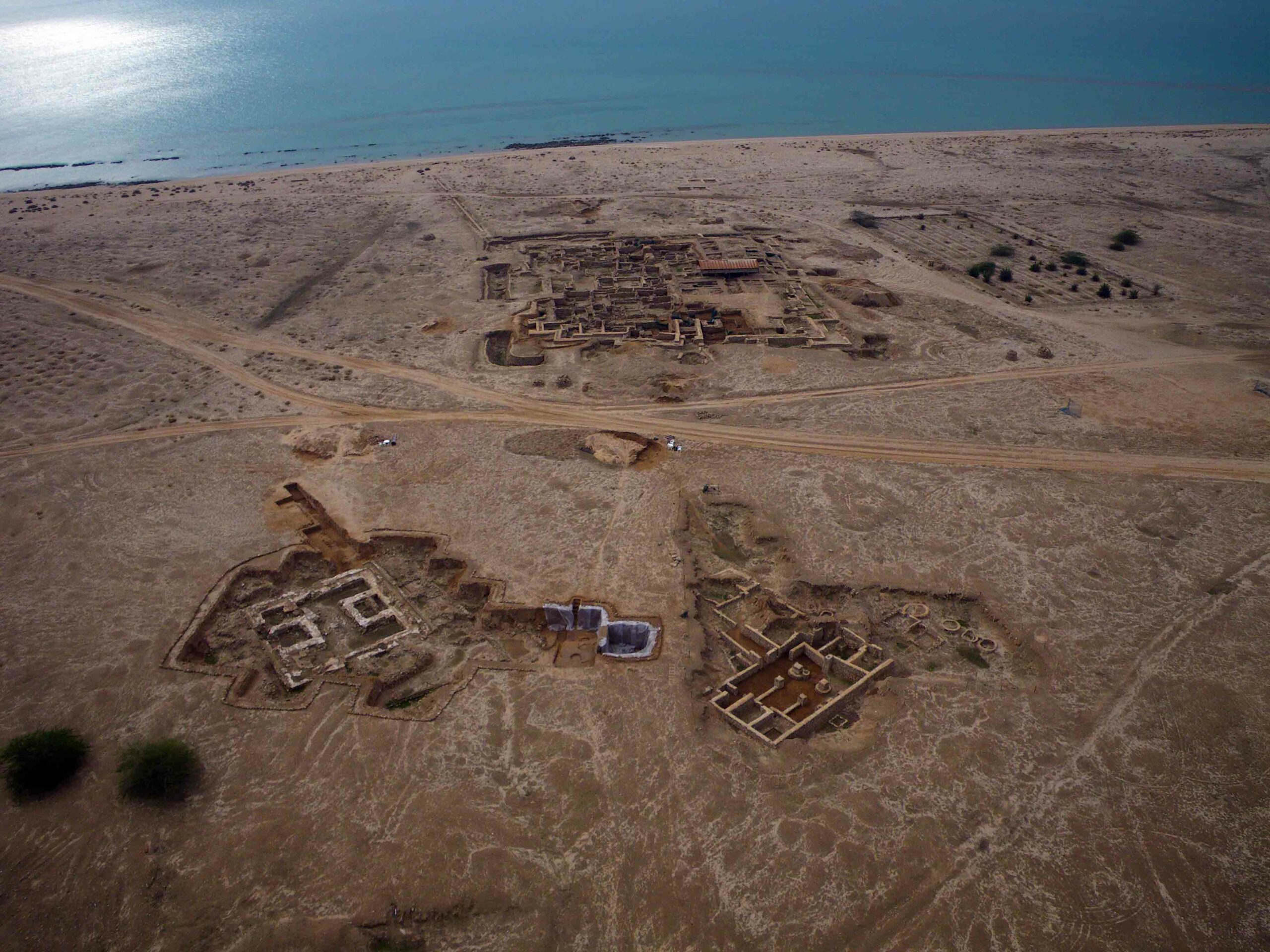QUEENSLAND, AUSTRALIA—Archaeologist Corey O’Driscoll has developed a method of determining if wounds on bones were made by spears thrown from a distance. Indirect evidence from examining stone point, suggests that humans living in Africa began hurling weapons as early as 500,000 years ago, but this evidence is often disputed. To solve this problem, O’Driscoll and a colleague knapped flint spear and arrow points modeled after Middle Stone Age technology from Africa. They then threw the replica spears and fired the replica arrows at lamb and cow carcasses, defleshed the bones, and compared the marks on the bones with a reference collection of butchered animal bones. O’Driscoll found that the butchering marks and the projectile impact marks have clear differences when viewed with a microscope, including traces of stone left in the projectile point wounds. He and Jessica Thompson of the University of Queensland then examined three animal bones from Pinnacle Point Cave in South Africa. Using the new diagnostic criteria, they identified projectile impact marks on all three bones, two of which are between 91,000 and 98,000 years old—the oldest direct evidence for the use of projectile weapons.
Direct Evidence: Projectiles are at Least 90,000 Years Old
News May 20, 2013
Recommended Articles
Off the Grid May/June 2025
Bulow Plantation Ruins, Florida
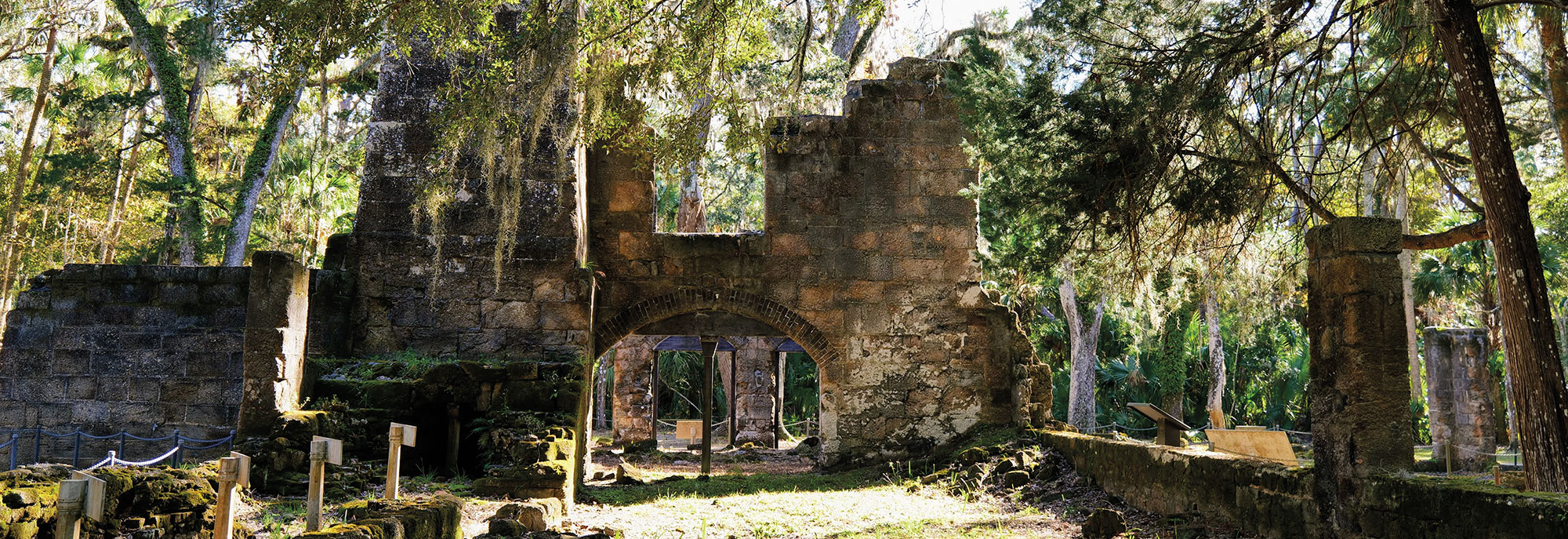
Features May/June 2025
Lost City of the Samurai
Archaeologists rediscover Ichijodani, a formidable stronghold that flourished amid medieval Japan’s brutal power struggles
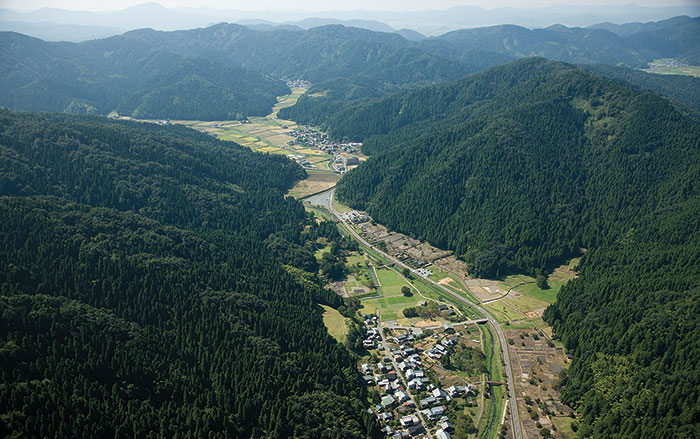
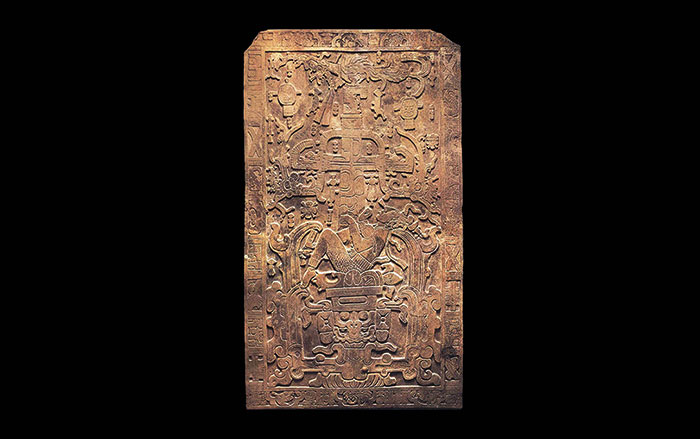
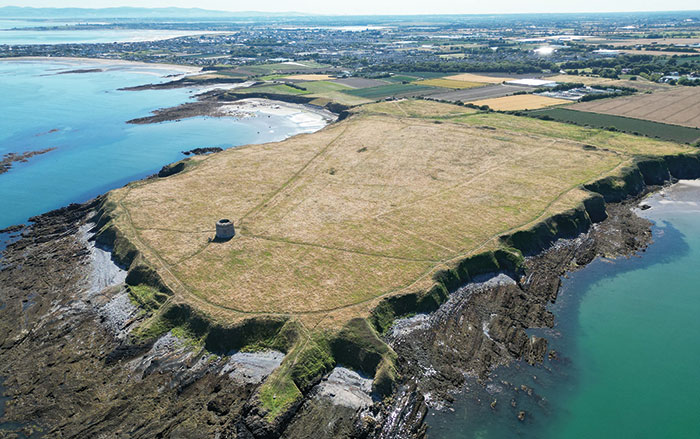
-
Features March/April 2013
Pirates of the Original Panama Canal
Searching for the remains of Captain Henry Morgan's raid on Panama City
 (Courtesy Captain Morgan Rum Co.)
(Courtesy Captain Morgan Rum Co.) -
Features March/April 2013
A Soldier's Story
The battle that changed European history, told through the lens of a young man’s remains
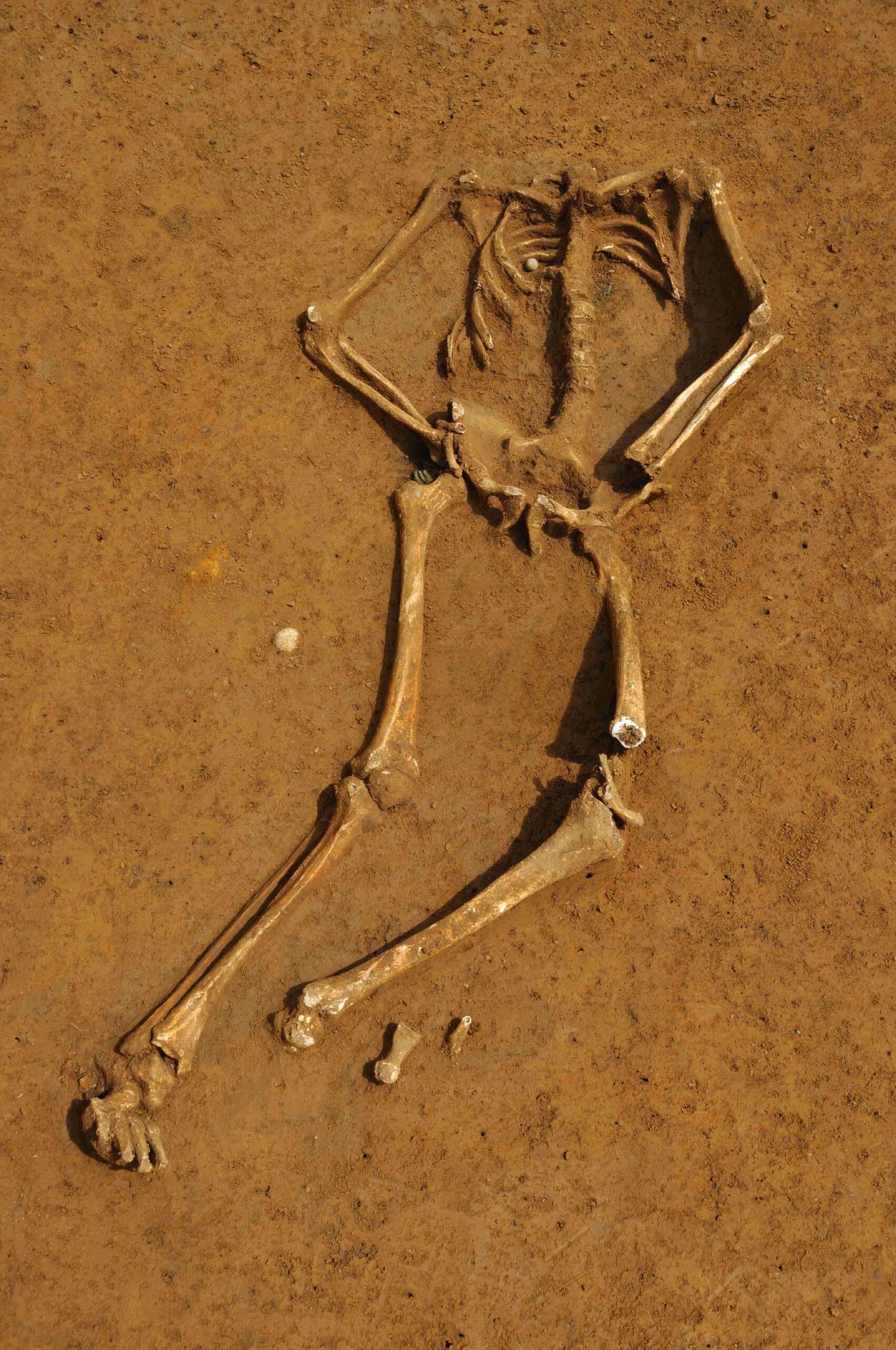 (Courtesy Dominique Bosquet)
(Courtesy Dominique Bosquet) -
Letter From Cambodia March/April 2013
The Battle Over Preah Vihear
A territorial dispute involving a 1,100-year-old Khmer temple on the Thai-Cambodian border turns violent
 (Masuru Goto)
(Masuru Goto) -
Artifacts March/April 2013
Pottery Cooking Balls
Scientific analyses and experimental archaeology determine that mysterious, 1,000-year-old balls of clay found at Yucatán site were used in cooking
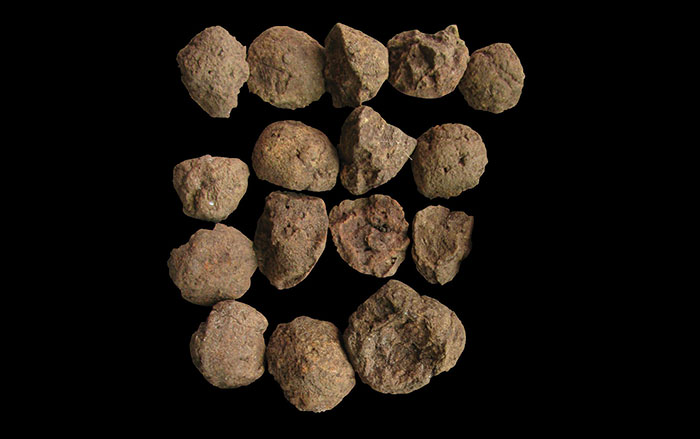 (Courtesy Bolonchen Regional Archaeological Project)
(Courtesy Bolonchen Regional Archaeological Project)


